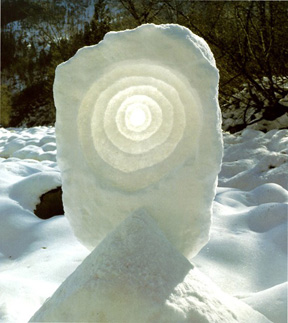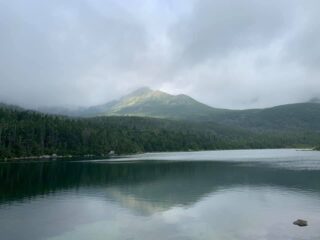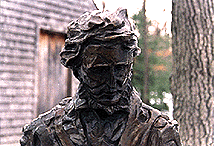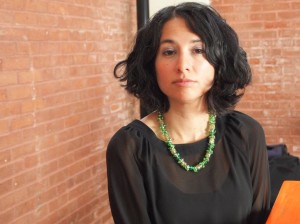
I was introduced to the art of Andy Goldsworthy when I was eight years old. I was staying at a friend’s house overnight for a giggly, girly sleepover that we expected to last all night. After my friend fell asleep earlier than anticipated, I began looking through the books on her parent’s coffee table. I was a little bit restless and slightly homesick, but quickly forgot such pressing issues and focused on the pages in front of me, which were covered with familiar items arranged in entirely unfamiliar ways. I may not have remembered the artist’s name, but I can recall those images vividly. The book was unlike the science books my parents owned, unlike the big encyclopedias we had lying around. Even as a kid, I could tell the photos in it were something special.
I find it unsurprising that my first foray into contemporary art came by way of coffee table, especially considering Goldsworthy’s massive popularity. The Boston Globe’s Sebastian Smee recently called him “one of the most popular artists alive,” and wrote about the very same glossy pages I once poured over in the quiet hours of the night. “Goldsworthy’s works are known to art lovers — and millions who would never willingly go by that description — largely through his handsome books, which reproduce sumptuous photographs of his installations in picturesque natural settings. You find these books on the coffee tables of bankers, lawyers, journalists, farmers, and teachers all over the world. They are ridiculously seductive, disarmingly emotional.”
Seductive is the right word for Goldsworthy’s work. While beautiful, it also carries a touch of the uncanny. According to Freud, the uncanny is that which we can recognize, yet still feel is slightly off. Many translators have given a literal interpretation of the German word as “unhomely,” and though they don’t carry the connotations of Freud’s recognition, Goldsworthy’s installations are often un-homey. They exist in situations we can easily recognize—beach, woods, lake—but reveal patterns and a sense of artistry that does not truly belong in nature. While the artist’s interference is visible in every piece, it always feels slightly disguised by the natural materials and simple shapes. Undeniably lovely, Goldsworthy’s works also contain elements that are at once eerie and dramatic.
While I’ve admired his pieces for years, I have never had the chance to see them in person until this spring, when the deCordova Sculpture Park and Museum in Lincoln, Massachusetts, opened their new exhibit Snow. Featuring a small cross-section of Goldsworthy’s work, including a collection of the aforementioned photographs, two large snowball drawings, and the video, the collection serves as an introduction to the upcoming large-scale Sculpture Park installation. The massive granite structure, aptly-titled Snow House, is still in its beginning stages, but the deCordova Museum hopes to have it on view by winter 2013.
Though we have some time before we can see the permanent structure, it sounds as though Snow House will be worth the wait for Goldsworthy’s fans. The piece will be interactive and continually changing, much like the natural phenomena that inspire his work. “Andy’s going to create in our sculpture park — sort of dug into the hillside — a granite-lined chamber, big enough to walk into,” Capasso described in an interview with WBUR, “and every winter when it snows our staff and various community groups will create a nine-foot diameter snowball inside this piece of architecture.”
The deCordova is still seeking help funding the project. Interested parties can donate to the artistic cause online or by calling Catalina Rojo, the museum’s Development Coordinator.



